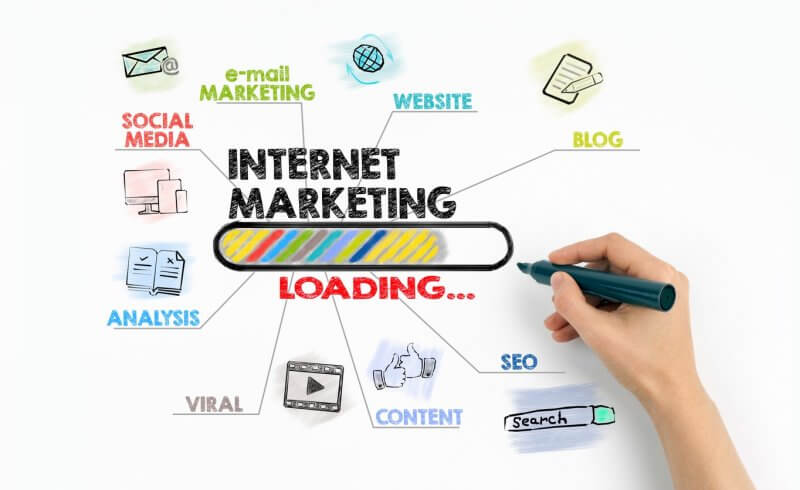The only thing more exciting that seeing your own unique product in front of you is seeing it all wrapped up in a gorgeous wrapper or box and ready to hit the shelves. This is that dreamy moment in the life of any business owner where the future is one of incredible brightness and visions of world domination take over the heart and soul.
Of course, for every 1,000 new products that hit the market these days you can count the success stories by the end of the first year on the fingers of one hand. But what’s really interesting about what seems to be a rather gloomy subject is, according to Davison Williams, the way in which it’s often the product’s packaging that lets it down – not the product itself. Of course, this represents little more than a kick in the collective teeth of those licking their wounds, having tried, failed and wholly given up, but nonetheless stands as crucial advice for those close to bringing their product to market though yet to take that final step.

So, in the minds of the industry’s most experienced professionals, exactly what kinds of questions should a business owner be asking themselves prior to green-lighting their product’s launch?
1 – Does it Stand Out From the Crowd?
Getting noticed is more often than not the pivotal deciding factor that will determine whether or not the product is a success or an outright failure. The reason ofcourse being that way in which anything that either blends in with the products already on the shelves or fades in the background entirely is hardly going to capture enough attention to sell in workable numbers.
2 – Does it Comply with UK Laws?
The frequency with which UK laws and regulatory guidelines are overlooked is pretty alarming to say the least. These days, the often OTT health and safety culture of the UK makes it a matter of legal necessity to put an incredible amount of detailing on the packaging of certain products, which in the case of failure to do so can lead to a lot more than the product not selling. Exactly what you need to include will vary in accordance with what it is you’re selling of course, but this is one thing you need to check, double-check and then check another dozen times before going ahead with a product’s launch.
3 – Would I Buy It?
The importance of stepping into the role of the buyer is of course common knowledge, but there are nonetheless very few who actually take such advice as literally as they should. In order to get a good idea of how the product will both look and stand out when nestled in with rivals, you need to actually play the role of your intended target audience and physically check out the current state of play in the stores and outlets you’ll be selling it in.
4 – Is the Packaging Functional?
It sounds like a minor detail, but when and where a shopper takes home a product that’s either difficult to open properly, in any way tatty or hasn’t prevented the contents being reduced to crumbs, they’re infinitely less likely to bother taking it home again. Packaging that doesn’t do its job properly is the primary tell-tale sign of a business that would rather cut corners to reduce costs that supply something of quality to its customers.
5 – Does it Explain How to Use the Product?
There’s really nothing more annoying than taking home any given product only to then find that the manufacturer…as in you…has simply assumed that you will know how to use it. It may come across as unnecessary to put what may be wholly obvious usage guidelines on the packaging, but you have to bear in mind that you are looking to make it appealing to everyone across the board as far as your target market goes, not just those that are already familiar with it.
6 – Does it Look Too Similar to Rival Brands?
Last but not least, there’s an extremely important reason why it’s a good idea to steer clear of emulating the packaging designs of other brands too much and it is not the most obvious reason. Yes, there’s a chance you might find yourself in a legal pickle, but even if you don’t, you’ll be wasting money or marketing that only benefits your rivals. The reason being that if you were to package something in a manner that resembled the Coca-Cola logo, anyone looking at it is going to be immediately reminded of Coca-Cola, probably tempted to by Coca-Cola and to a large extent unimpressed by the copycat in front of them.
Taking inspiration is fine, but lifting ideas wholesale will get you nowhere.
























Find Us on Social Media
A MarTech - Marketing and Technology Blog